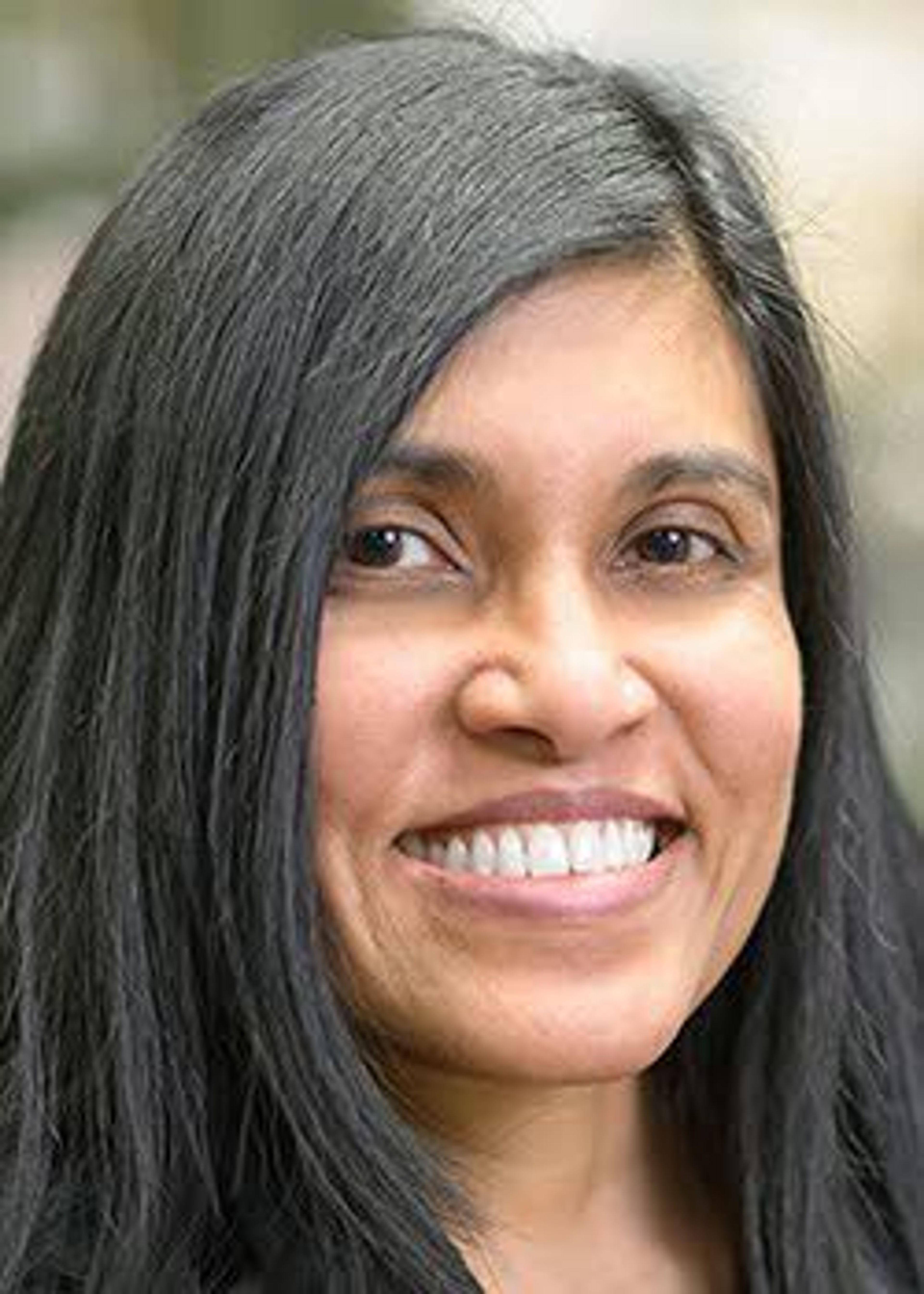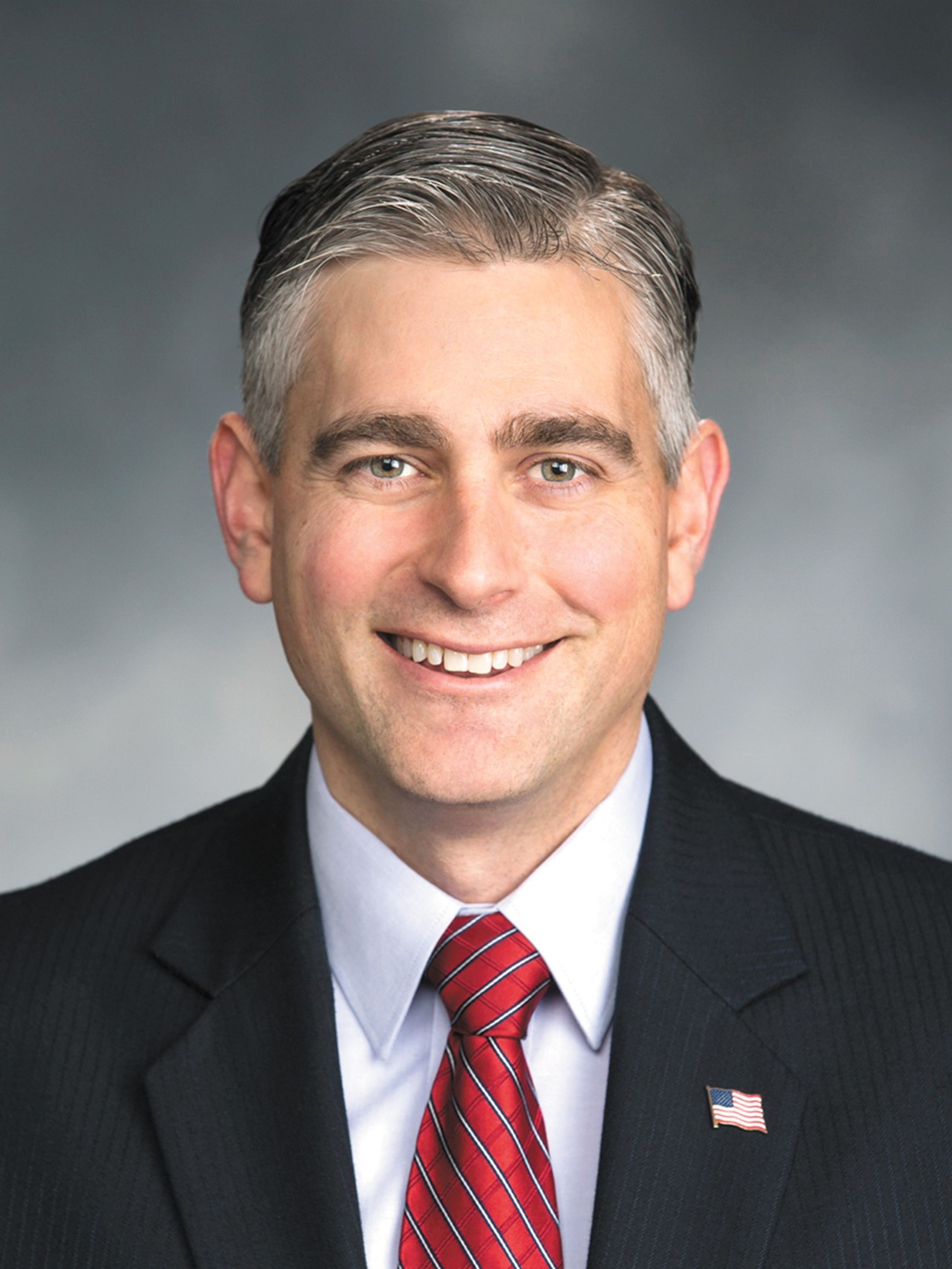Local experts warn that COVID-19 is not the flu
Area professors note the coronavirus is highly infectious
As the coronavirus epidemic tightens its global grip, comparisons between COVID-19 and influenza have been persistent in media and in the speeches of heads of state — and that’s a problem, according to a pair of local experts.
First of all, said University of Idaho biology professor Tanya Miura, coronaviruses are in a completely different family from the flu. She said this new virus, first discovered in China’s Hubei Province in late 2019, is totally unfamiliar to the human immune system and so there is no built-in resistance.
She said while COVID-19, the disease caused by the new coronavirus, often presents with flu-like symptoms, that is where the similarities end. For one thing, she said, the transmission rate for the coronavirus is much higher.
“For flu, they estimate that it’s about 1.3, for COVID-19 it’s probably around 3 — which is quite a bit higher when you’re talking about each person infecting three others (and) those three infecting three others,” Miura said. “It amplifies a lot faster than if it was just one to two people.”
She said this new virus is even more infectious than another coronavirus that causes SARS, or severe acute respiratory syndrome, which sparked its own pandemic after it first appeared in Asia in 2003. She said scientists still don’t know why the new coronavirus, dubbed SARS-CoV-2, is so infectious.
UI sociology professor and crisis communications expert Dilshani Sarathchandra said the comparison is also problematic because of the way it may affect public perception and behavior in the face of risk. She said because the flu is a seasonal issue that arises every year, people may interpret these comparisons to mean they should treat the level of risk similarly to how they treat the flu — which is also commonly underestimated.
“People are so familiar with the flu and we have a vaccine but how many people actually get vaccinated? Not very many,” she said.
Part of the problem, Sarathchandra said, is young, healthy people who are at lower risk of contracting serious illness from both diseases may make similar behavioral decisions in the face of each. Telling this demographic to treat it the same as the flu may just encourage these people to continue living their lives as they would normally.
However, she said, because SARS-CoV-2 is so much more infectious, young, healthy people will exacerbate the danger to the larger community if they continue to make decisions based on their personal risk.
“That affects systemic risk, because then you’re exposing other, more vulnerable people who have higher individual risk-level, to the virus,” Sarathchandra said. “Our individual, rational behavior can lead to more systemic risk community-wide (and) country-wide.”
Another important distinction, Miura said, is while influenza can and does cause tens of thousands of deaths every year, the ratio of deaths to those infected is relatively low compared to SARS-CoV-2. She said the mortality rate for influenza was about 0.1 percent while SARS-CoV-2 is estimated between 1 and 2 percent, or at least 10 times higher. The bottom line, she said, is COVID-19 is far more likely to end in death than the seasonal flu.
She said because many infected people present mild symptoms or no symptoms at all, the death rate may deflate a bit after the scientific community is able to factor those people into the numbers. However, she said the sheer volume of people that are becoming infected quickly may drive the death rate of SARS-CoV-2 upward. She said if healthcare systems are overwhelmed and there’s not enough equipment and personnel to manage all of these patients, more people will die than would have otherwise.
Miura said this is why it’s so important to “flatten the curve” by practicing social distancing, washing hands regularly and trying to slow that rate at which the disease can spread through communities. She said these practices will save lives.
“All that stuff is trying to prevent a huge spike in the case numbers that would overwhelm the health infrastructure and help drive the death rate up,” Miura said. “If you’re treating one patient at a time, you can give them all your attention, all your resources, all the equipment they need — then the death rate is going to go down.”
Scott Jackson can be reached at (208) 883-4636, or by email to sjackson@dnews.com.









